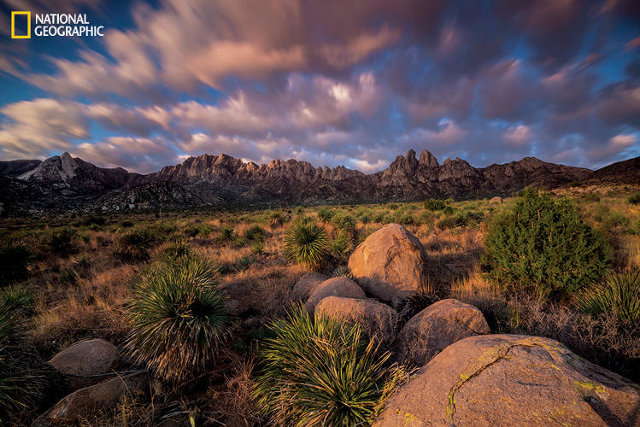These places certainly aren't "untrammeled by man," as the Wilderness Act, which turns 50 today, envisioned. But they represent rare human restraint at a time when we seem to have so little self-control.
Today marks the 50th anniversary of the Wilderness Act--a piece of legislation signed by President Lyndon Johnson that now ostensibly protects over 750 wilderness areas from human influences and destruction.


Has it worked? In an article from the September issue of National Geographic, Elizabeth Kolbert argues that the act hasn't exactly left the land wild:
Since Johnson signed the act, the number of wilderness areas has increased to more than 750. They range from the tiny Pelican Island Wilderness in central Florida, which is just 5.5 acres, to the immense Wrangell–St. Elias Wilderness, which at nearly 9.1 million acres is bigger than Belgium. All told, officially designated wilderness covers 5 percent of the U.S., an area larger than California. The newest wilderness area, part of Sleeping Bear Dunes National Lakeshore on Lake Michigan, was added just this past March.
Few, if any, of these areas are wild in any rigorous sense. They’re certainly not “untrammeled by man.” A visitor to the Sandwich Range in the late 19th century would have encountered a landscape very obviously shaped by humans. Most of the slopes had been clear-cut for timber, and there were several working sawmills in the area; Lavigne pointed out where they’d once stood. To the extent that the place now appears wild, it’s because the forest has regrown.
And what goes for the Sandwich Range goes for pretty much every wilderness area east of the Mississippi; at various points they've all been logged or grazed or farmed or graded or some combination of these.

Nonetheless, the Wilderness Act has made a big difference for the plants and animals that have room to roam free, without worrying about human communities encroaching upon their space. It has carved out a series of spaces where people can go to experience the natural wonders of the country, without worrying that an airport or a condo development will ruin what they've seen.
The Wilderness Act is, the article notes, a way of showing restraint at a time when humans seem to have so little self-control when it comes to resource use (or overuse).
Check out some of the more beautiful places protected by the Wilderness Act in the slide show above.
[All Photos: © Michael Melford/National Geographic]







No hay comentarios:
Publicar un comentario